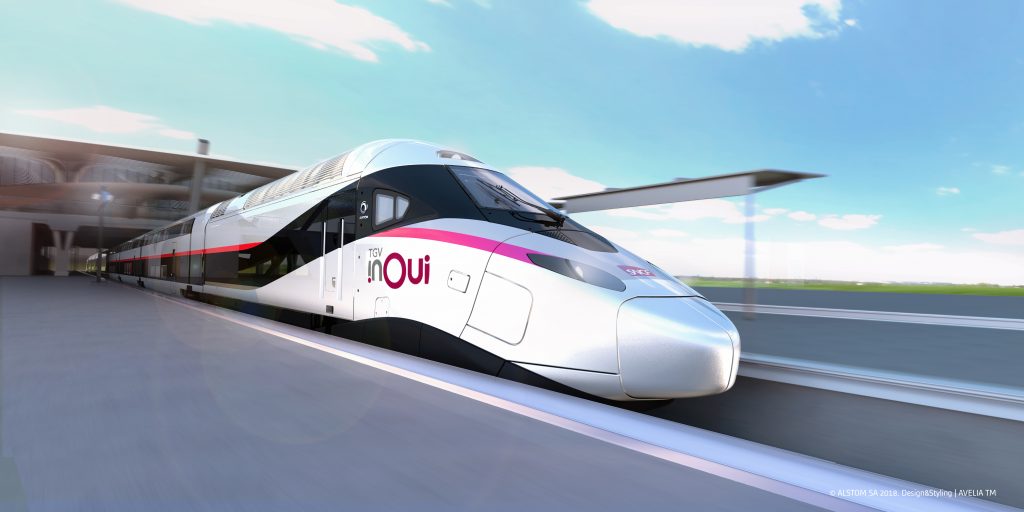French national railway SNCF said Thursday it has ordered 12 hydrogen-powered trains to begin tests in four regions in 2023 as it eyes a zero-emissions future with the nascent technology.
The trains are to be built by the French industrial group Alstom and operate on either hydrogen or electricity when overhead catenary wires are available, a joint statement said.
Alstom SA is a French multinational rolling stock manufacturer operating worldwide in rail transport markets, active in the fields of passenger transportation, signalling, and locomotives, Wikipedia
Stock price: ALO (EPA) €44.23 +0.45 (+1.03%)
Apr 8, 14:14 GMT+2 – Disclaimer
CEO: Henri Poupart-Lafarge (Feb 1, 2016–)
Headquarters: Saint-Ouen, France
Revenue: 8.072 billion EUR (2018–2019)
Number of employees: 75,000 (2021)
Founded: 1928
Subsidiaries: Alstom Transport, GE Wind, Nomad Digital, MORE
They are designed to run up to 600 kilometres (375 miles) on each hydrogen charge, and “should begin service in 2025,” Alstom France head Jean-Baptiste Eymeoud was quoted as saying.
The contract is worth 190 million euros ($225 million) for the 12 first trains, which are to seat 218 passengers and be divided evenly among the four regions in eastern and southern France.
Alstom first tested prototypes in Germany three years ago and has now begun a commercial phase with 41 orders for the 72-metre-long (yards) trains.
They are designed to combine onboard hydrogen with outside oxygen via a fuel cell mounted in the roof that powers the motors.
“This is another step towards ‘zero emissions’ in public rail transport,” the French-language statement quoted Christophe Fanichet, head of SNCF’s Voyageurs unit, as saying.
SNCF currently operates 1,100 regional express trains that use diesel fuel, and which it plans to phase out by 2035.
It is also testing alternative technologies based on batteries and a “green” fuel made from colza.
Hydrogen is considered a leader in the race to develop sustainable energy sources and slash carbon emissions.
But it is expensive to produce and the electricity needed generates a lot of carbon dioxide emissions or other pollutants.









